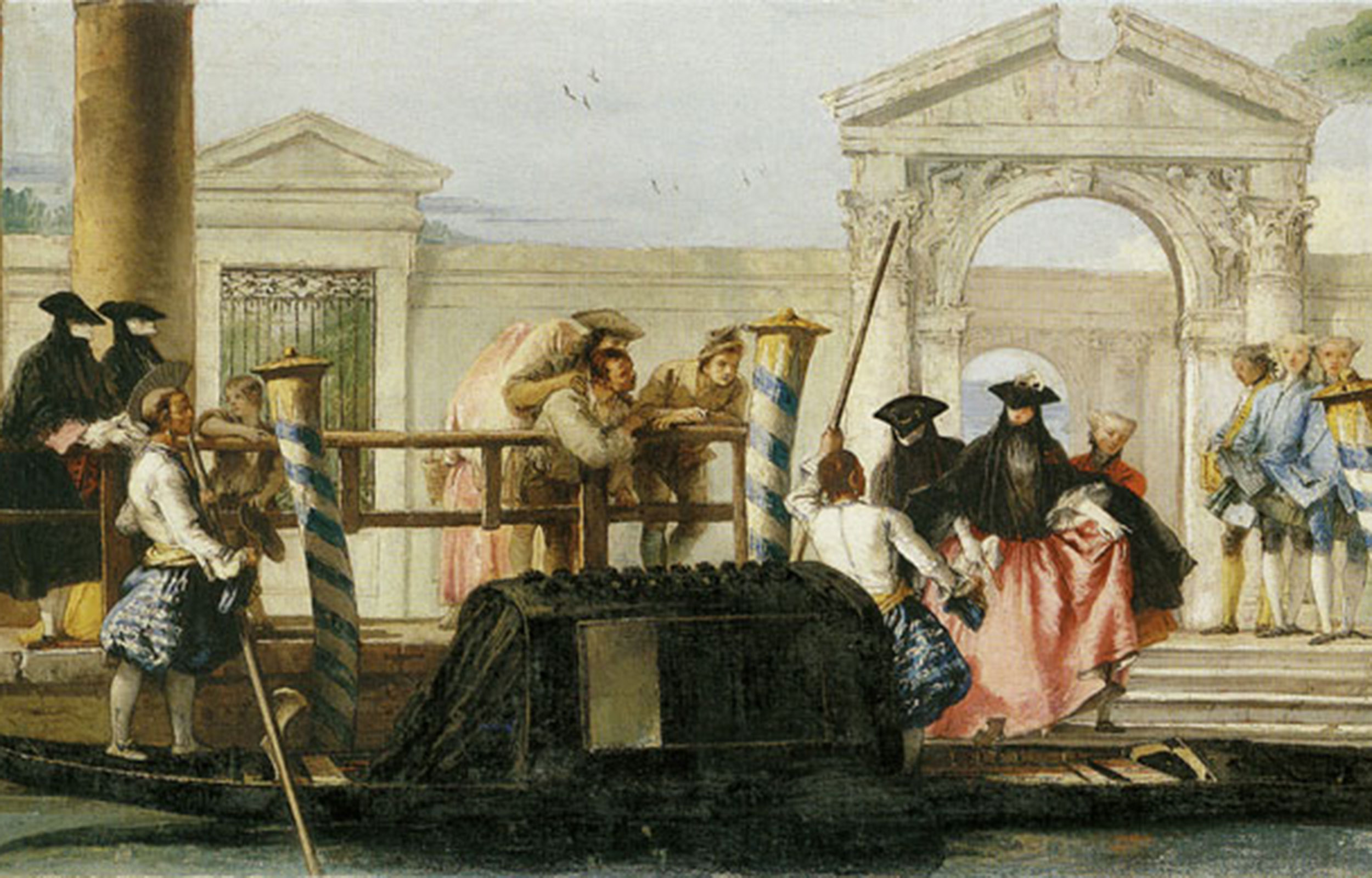

On April 17, 1345, the High Council of the Republic of Venice repealed an act that until then had prohibited the citizens of the Serene Republic from purchasing land on the mainland; thus some interests of the noble families of the Veneto moved from trade to the mainland and along the banks of the Brenta. From the sixteenth century, the waterways and the rivers that could be easily reached from Venice were dotted with sumptuous summer residences.
The Brenta Canal branch connected Venice to Padua together with other waterways; it was the trendy canal, a place of delights and the ideal continuation of the Grand Canal in Venice. Here over seventy luxury villas flourished. Great architects such as Palladio, Scamozzi, and Frigimelica designed summer residences for the Venetian aristocrats who spent their “vacation” on the mainland, in a true Arcadia of Ladies and Squires who played, sang, experienced love affairs and told tales.
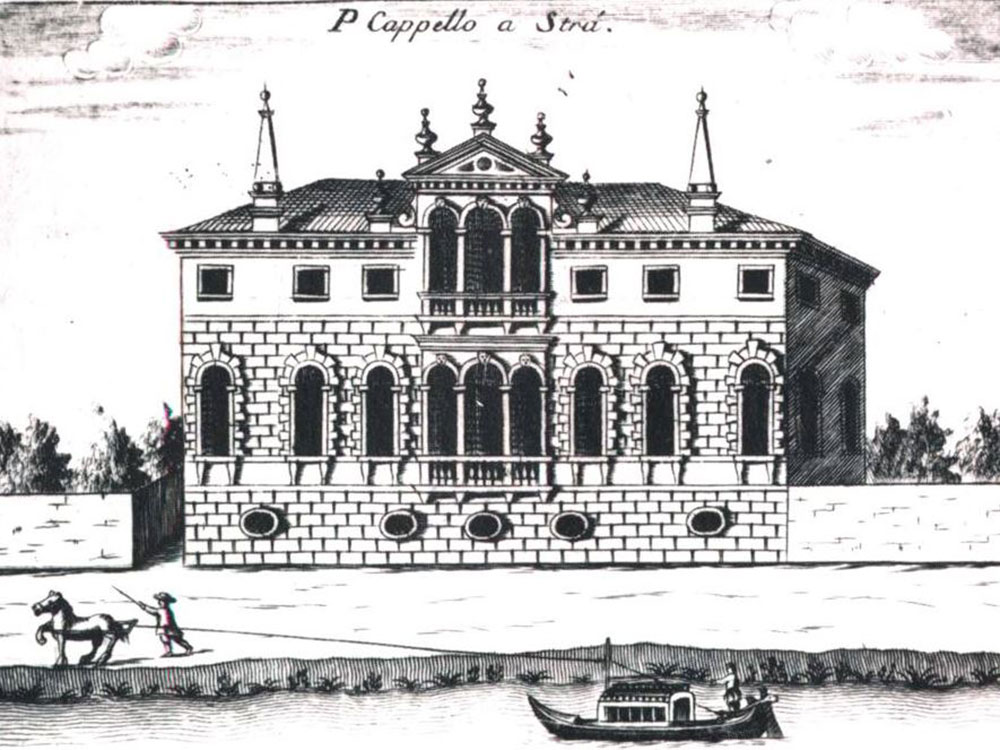

Giovanni Sagredo was the author of “L’Arcadia in Brenta” (1667), published under the pseudonym of Ginnesio Gavardo Vacalerio; it was a collection of tales from the second half of the Seventeenth century set on the Brenta Riviera, one of the most famous holiday locations at the time. A merry band of Venetian noble people spends eight days in villas, gardens, fish ponds and beautiful places of that golden Arcadia.
The wealthiest aristocrats spent their holidays here, not too far from the city: they left Venice on comfortable boats called Burchiello that navigated upstream the Brenta navigable canal. These boats were forcibly pushed by oars from St. Mark’s Square across the Venetian lagoon to Fusina, wherefrom they were pulled by horses to Padua along the Brenta Riviera. The Venetian aristocrats moved with the Burchiello also the elegance, the refinement and the luxury that were peculiar of the city of Venice.
And it is on the Brenta Riviera that Carlo Goldoni sets, in the middle of the Eighteenth century, his “Arcadia in Brenta”, a comic opera about aristocrats and wealthy bourgeois from Venice and their longing for spending a holiday on the mainland. The Burchiello becomes almost a small stage where the most diverse social classes mix and Goldoni wrote a short poem about this.
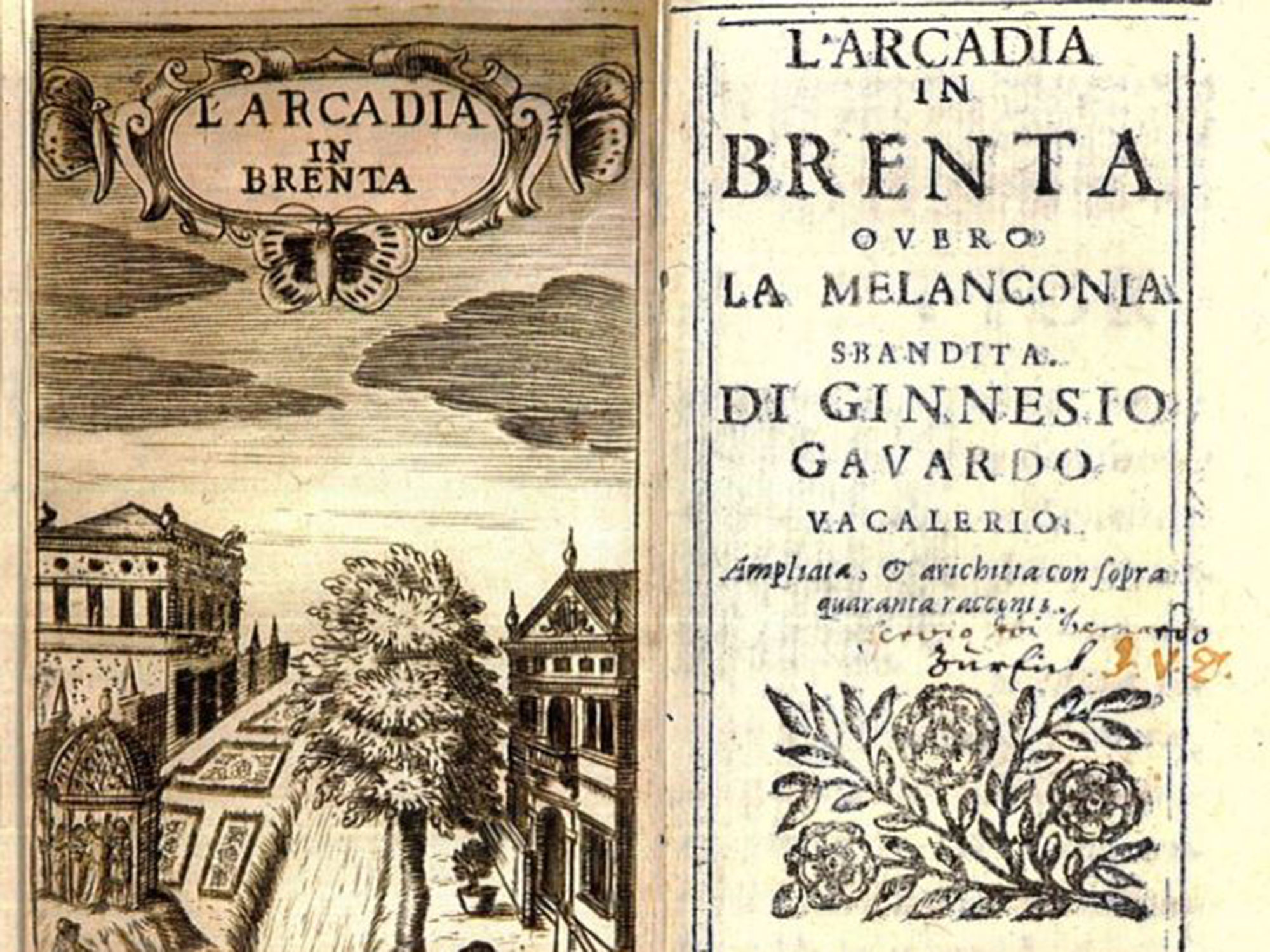
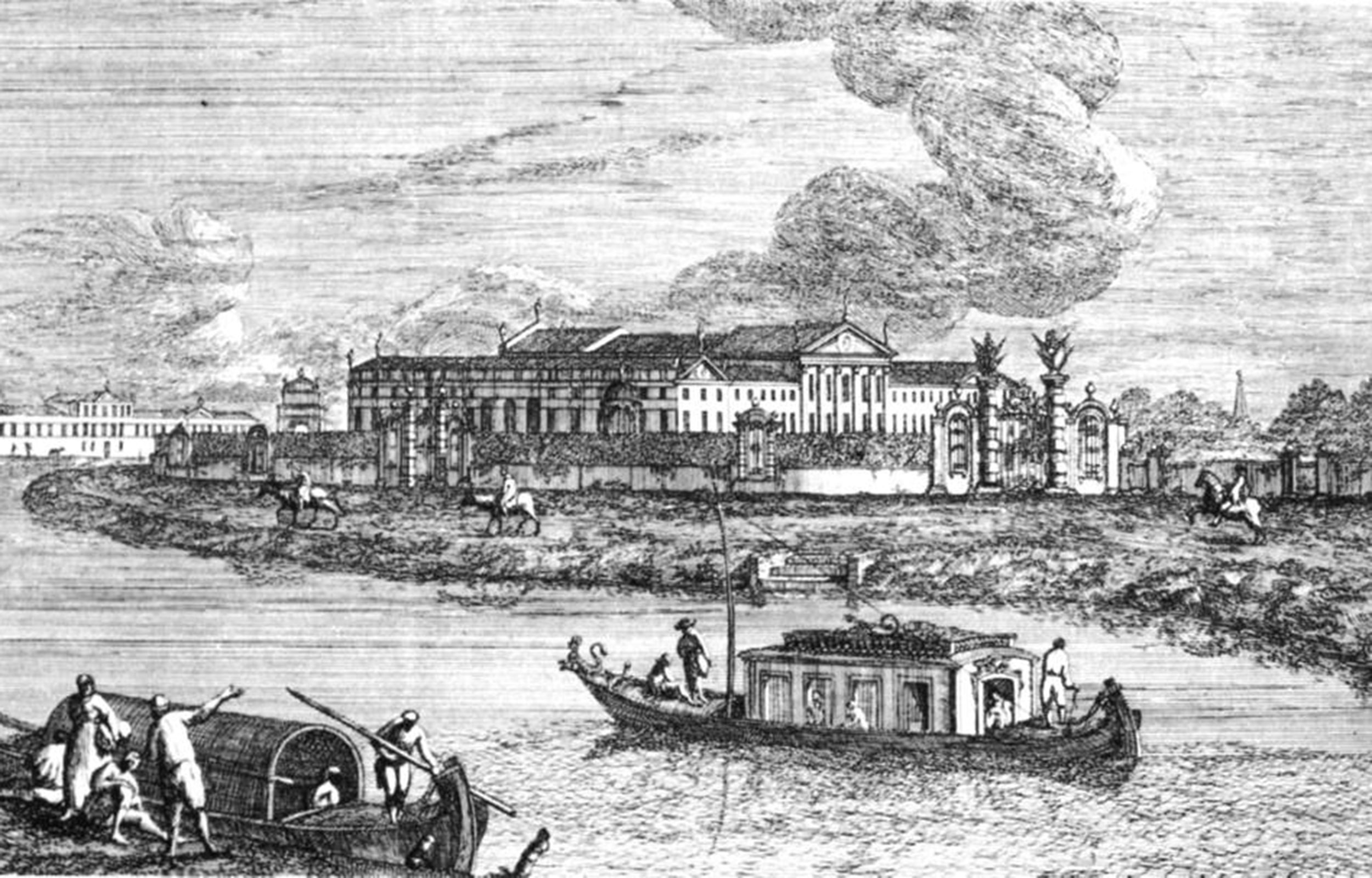
In 1574 the Brenta waterway, from Venice to the Portello in Padua, was sailed by a procession of boats that accompanied Henry III, King of France, on his way back from Poland; the king was fascinated by the beauties and grandiosity of the route and wanted to spend some time at Villa Foscari La Malcontenta.
In his “Story of My Life”, Giacomo Casanova tells about his experience on the Burchiello in 1734 together with Baffo, a famous erotic poet from Venice.
In September 1728 Montesquieu gets to Venice, and sails on the Burchiello along the Riviera: “on the Brenta, a river turned a canal by means of four locks; and so just one horse pulls a rather large boat and twenty-five miles are covered in eight hours. Along the Brenta are beautiful patrician dwellings. Nobleman Pisani has started one that will be extraordinarily superb … “.
In 1786 Goethe arrives in Padua, visits the Botanic Gardens and, then, goes to Venice. He thus describes the journey along the Brenta Riviera:
“Just a few words about the journey from Padua to Venice: the journey on the Brenta with the Burchiello, a public means of transport, and with a very respectable company (Italians stand on ceremony among themselves) is nice and pleasant. The banks are beautified by gardens and pavilions, little villages overlook the shore, lined in places by the bustling main road. Because the river is regulated by locks, the barge must often make small stops, and passengers can take advantage to take a look at the village and enjoy the fruits that are offered in abundance. We then go back on the boat and continue our way, through a bustling world, all fertility and animation.”
It was the time of excitement for vacation during which, as Goldoni wrote “everybody enjoys immense freedom, plays cards, eats, and organizes dancing parties and shows”.
Moreover at the time of vacation people used to go from one villa to another, with happy groups of friends moving from one villa to another, from one party to another, spending their time in magnificent receptions and sumptuous banquets that may last as long as one week.
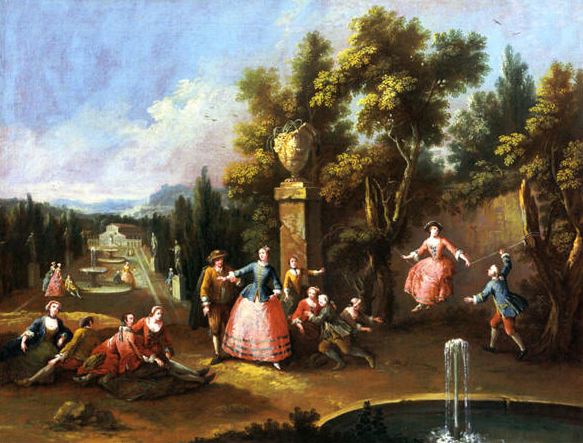

Towards the end of the Eighteenth century, with the fall of the Venice Republic caused by Napoleon in 1797 the hardships of the Venetian dolce vita had repercussions on the mainland; several Villas closed, parties and banquets disappeared and so did the dolce vita of the Brenta Riviera. Since the number of passengers and trips diminished, also the luxury regular service of Burchiello was finally discontinued. A long period of decline invested the Brenta Riviera.
In the 1950s, at the same time with the first development of modern tourism, some interest in the rediscovery of the Riviera rose.
After 150 years, in 1960, the Tourism Board of Padua rediscovered and proposed again – as a tourist route – the regular service of the Burchiello, following a brilliant intuition of its Director Francesco Zambon. The regular service of the Burchiello was officially opened in 1960 by the then President of the Council of Ministers, and then President of the Italian Republic, Antonio Segni. The service saw a remarkable increase in the number of passengers. Meanwhile, the economic operators in the tourism industry began to invest in major awards and gastronomic events. Mindful of the large banquets in villa, handed down from history, they retrieved and proposed again a large part of the prestigious seafood cooking skills that had been lost in the decline period.
The taverns were turned into trattorias and restaurants little by little; some Villas were restored and new accommodation facilities were created; some historic homes were opened to visitors, others were transformed into hotels.
The preconditions for the revival of tourism on the Brenta Riviera began to take shape; tourism grew up with a great flowering of restaurants and new accommodation facilities.